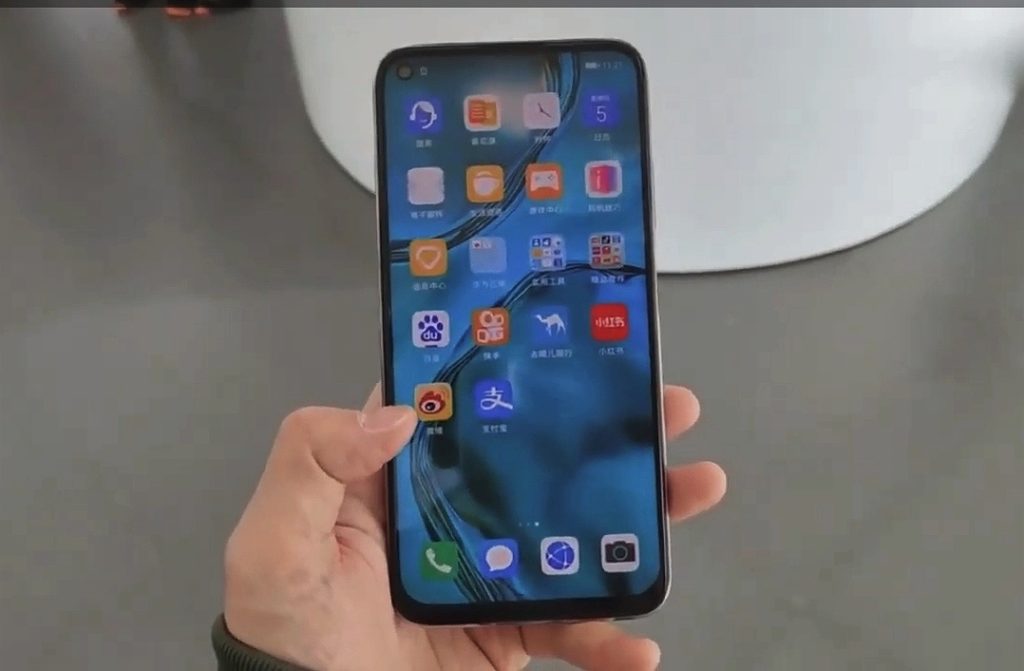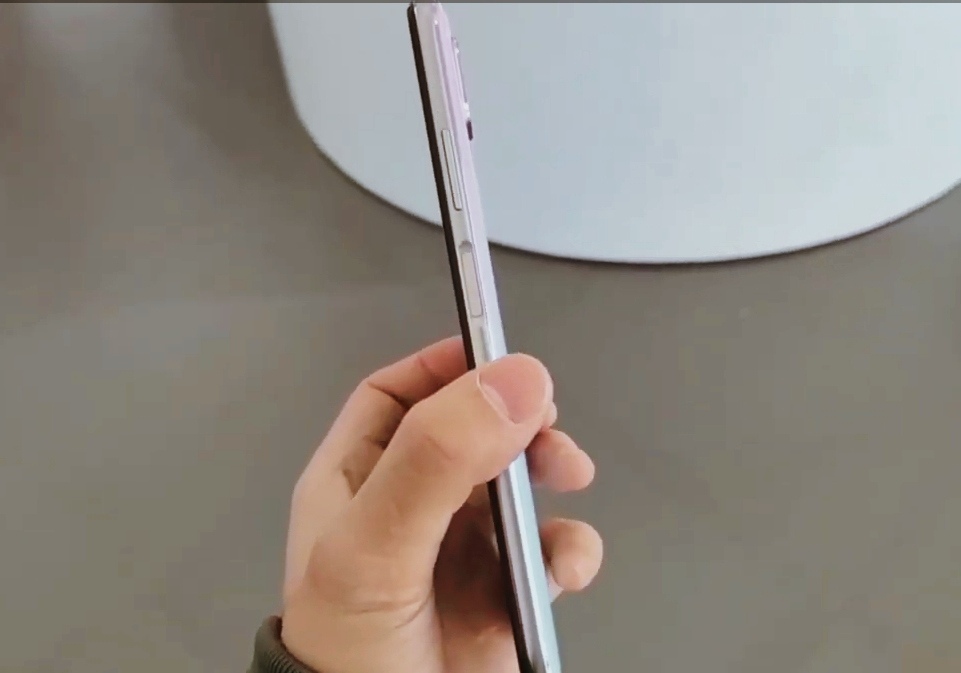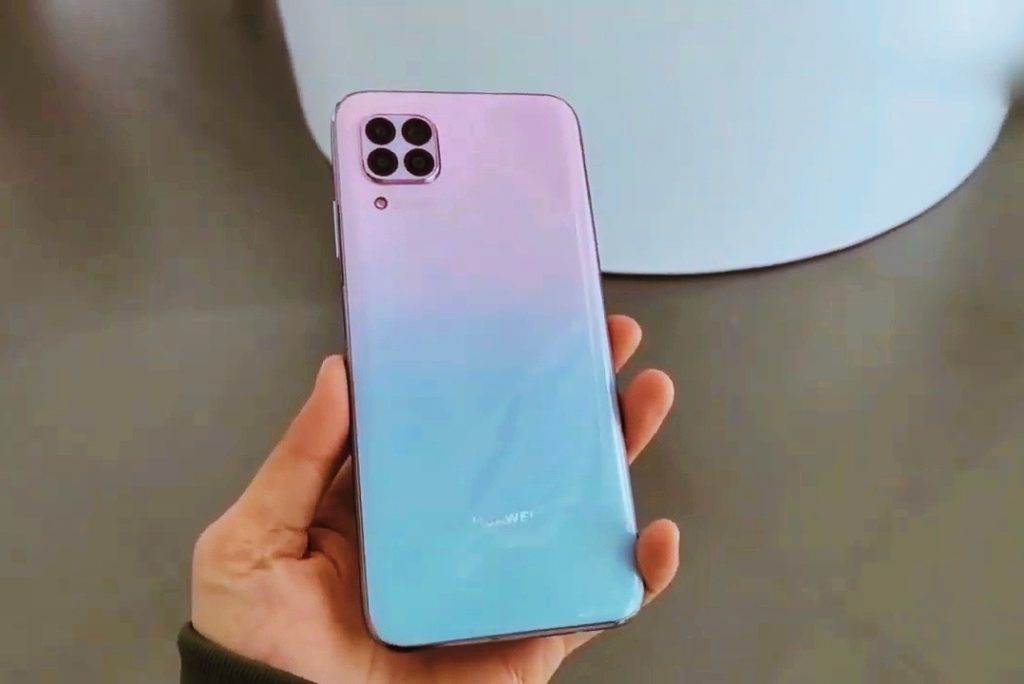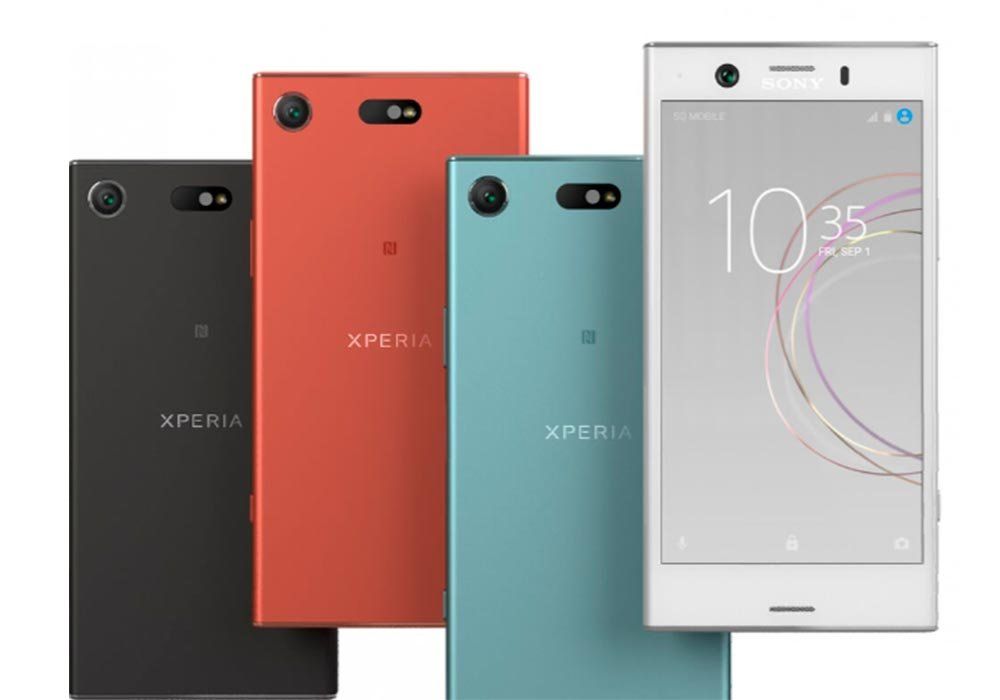Review of the smartphone Huawei P40 Lite: advantages and disadvantages

Accessibility and functionality is the unspoken credo of Huawei, which almost always releases smartphones in three variations at once: ordinary assembly, Pro and Lite. If everything is very clear with the first two, then behind the harmless “Lite” prefix there can be hidden both a high-quality gadget that has almost not lost its standard characteristics, or a pig in a poke with a rollback to Android 4.4 and LTE. Find out if it's worth buying the upcoming new product? And how much has the brand simplified the Huawei P40 Lite model?
Content [Hide]
About the brand
2019 was a real test of endurance for the Chinese “achievement”. How many nerves were exhausted by America alone with investigations, courts and strict bans. Subsequently, Huawei said goodbye to the world's best chipsets and Qualcomm architecture for an indefinite period.Of course, the brand has managed to survive the hard times and even go back to its own development Kirin to bring the project to perfection. And judging by the latest news, the proud Celestial Empire has already completely switched to equipment of its own production and Western iPhones are of little interest to it.
Meanwhile, many users and experts, seeing a gadget not based on Snapdragon at least 6 generations, immediately rank the new product as a low-end budget. Is this the correct approach? Let's be smarter and give Chinese manufacturers at least a chance. Moreover, the Kirin 980 has already caught up with its 7th generation American competitor in performance, and the announced Kirin 1020 surpasses existing technologies.
Appearance
As you know, Huawei is an imposing tech giant that always does qualitatively, not quantitatively. So we get to the first secret of the brand. The light version completely repeats the design of the Nova 6E model. Characteristics, however, too. This version must have been created just for the European market.
Everything is here, as the northern part of the mainland loves. A typical smartphone with a large screen, so much so that it does not fit in the hand. In form, and even more so from afar, it completely repeats the IPhone 11 (pride is pride, and sales coverage needs to be increased). The display was 6.5 inches of high-quality pictures.
Despite belonging to the middle price segment, within $ 300 or 18,000 rubles, this lucky person got high-quality, expensive materials. The case consists of tempered glass, which, we hasten to note, can withstand scratches and falls (of course, if not from the 3rd floor head over heels onto asphalt). The frames are prudently made of metal, although this is not the only protection of the Huawei P40 Lite.Thanks to a competent approach to ergonomics, the device fits comfortably in the hand (although it will have to be intercepted in women's and children's hands), and the edges are moderately rounded. The body is of medium quality.
The main thing to remember: the darker the color, the more noticeable the prints!
The main camera consists of a monolithic block of 4 lenses. Huawei unexpectedly moved the camera to the top left corner, which is not very typical of its design approach. And the fingerprint, as if missing, moved to the side face, reminding us of the distant times of 2015, when it was a sensation. On the front, everything is the same, the front camera is round, also in the left corner and a really frameless screen!
Recently, a frameless screen has been attributed to all smartphones released between 2018 and 2020. The marketing trick works great, but thousands of smartphones have such "chins" and "bangs" that the thin edges of the Huawei P40 Lite never dreamed of.

Equipment
According to the established tradition, the brand produces smartphones in 3 colors at once to choose from. P40 Lite is available in:
- Glossy black;
- Emerald green;
- Iridescent white combinations.
Otherwise, the equipment is standard: a silicone case, a charger, a usb cable, a clip-key from the sim card slot, a ticket and certificates.

Characteristics
Screen

The display in the P40 Lite occupies more than half of the total area (83%), the diagonal is 6.5 inches. At the heart of the budget matrix IPS. Despite the low price and the brand's desire to save money, it gives decent quality. Pictures come out bright, and in 10 OS it even becomes possible to adjust the shades (cold, warm) and adjust the color gamut. When tilted, the screen gives off very little in the negative, at maximum brightness it works properly both in sunny and cloudy weather. 1080 x 2310 Full HD resolution with 398 ppi pixel ratio (similar to luxury flagships). The unequivocal plus of the matrix is the absence of the PWM effect, which leads to rapid eye fatigue and tearing.
The large size unobtrusively hints that the gadget fully fits the criteria for gaming phones.
Filling
To understand what budget smartphones will look like in the next 2 years, you should at least once pick up the Huawei P40 Lite, which brings together the best of the latest trends in the world of technology.
The first sign is the advanced Android 10.1 operating system (sorry, without a tasty name). They talk about her so much, but she deserves it. For the sake of gestures and a prediction system alone, it is worth looking for flagships based on it.Also, even the most app-packed phone will crash less due to proper distribution of processes and factory apps to speed up. For fans of custom "top ten" has in store real miracles in the form of a theme change, different widgets and pastel combinations. It will be complemented by the author's shell EMUI 10, which was released recently.

The second sign is high performance. There is a P40 Lite based on the Kirin 810 chipset, equal to, and in fact superior to the 7th generation Snapdragon engines. At the moment, the 7nm process technology is the best, which gives us the right to classify the novelty as a gaming phone. Eight nimble cores are divided into a cluster.
In the first group, the Cortex-A76 is overclocked to 2.27 GHz. Their main task is heavy applications, such as Pubg 9 games, with high frame rates, or World of Tanks, famous for its detailed 3D graphics. The remaining 6 cores of 1.8 GHz were assigned for system optimization (just imagine how quickly a smartphone loads due to their tandem with 10 OS). Plus, the device has up to 8 GB of RAM.
Speaking in the language of mathematics, the download speed is increased by 10%, and the power of the flagship by all 30%, which is clearly demonstrated by the tests of phones based on the Kirin processor:
- Honor 9X - 270,000 points;
- Nova 5 - 278,000 points;
- P40 Lite - 264,000 points.
Despite the fact that the first two phones are far from cheap and are absolute leaders in many characteristics. But what Snapdragon "7" is capable of:
- Redmi K20 - 253,500 points;
The American development has more advantages in the speed of decision processing, while the Chinese technology does not allow anyone to relax in terms of exemplary graphics.
autonomy
The developers have not forgotten about a good battery, without which no processor is able to show its full power. The capacity of the non-removable battery was 4200 mAh, which is quite a lot for Huawei. Often, even premium products, such as the P20, did not even receive 3500 mAh, and here even the 40-volt quick charge function is present (charges up to 100% in a maximum of 1.5 hours). With a big screen and a focus on heavy gaming, this gives the P40 Lite more of an edge over other smartphones.
Based on identical data from other models, it will last a record 100 hours in standby mode. With active use of the Internet or applications, it will last 24 hours, and HD video at maximum brightness can play up to 12 hours. This is enough for an unpretentious user and even a restless child (even 10 percent will remain in stock).
Camera

Let's get back to the iPhone 11 camera... Ah, stop! Is this review about Huawei P40? So. How many angry tirades poured out on the brainchild of Steve Jobs. “Three cameras is ugly, the worst design of 2019, a complete failure” and so on. Unlike users, competing manufacturers appreciated the company's innovation and the Chinese "achievement" among them. The monolithic block of 4 cameras that adorns the body of the flagship is not exactly similar, it repeats the design of Apple. I wonder how accurately they copied and the quality of the photo?
The main camera shoots at a resolution of 48 megapixels, which is already powerful enough for a phone with the "Lite" prefix. All thanks to reliable Japanese development - the Sony IMX586 sensor. The photos are rich, in addition, users can choose any effect they like, and there are a lot of them, rest assured. Judging by the presentation, the manufacturers were able to achieve supernatural color reproduction.And this is with an f/1.8 aperture designed for twilight photography.
Guess which one follows? Of course, an 8MP lens with an ultra-wide angle. The camera order from 2019 looks like it will be with us for a long time. This lens is suitable for shooting landscapes, panoramas and video in 16: 9 format, yes, full of Hollywood!
Video recording is possible in and quality.
Rounding out the list of auxiliary displays are 2 megapixels for depth of field and macro with a 27 mm lens, respectively.
The front camera is 16MP with f/2.0 aperture. A great option for a selfie, you don’t need more. Give us sunny weather and the smile of the person who visited this article and we'll take the best selfie.
Advantages and disadvantages
- Big screen;
- Beautiful colors;
- Expensive metal coating;
- Unusual lateral fingerprint;
- Silicone case as a gift;
- Bright matrix;
- Fast processor for games;
- Latest version of Android OS;
- Fast charging function;
- Large battery capacity;
- Quality camera;
- Additional memory card slot.
- No screen protector;
- Mark Corps;
- The fingerprint does not always respond.
Where and how much to buy
At the moment, even the exact release date is unknown, not to mention the price. Most likely, the brand will please us with a release in the second half of January. A brand new smartphone will cost around $ 300 (18,000 rubles).
new entries
Categories
Useful
Popular Articles
-

Top ranking of the best and cheapest scooters up to 50cc in 2022
Views: 131656 -

Rating of the best soundproofing materials for an apartment in 2022
Views: 127697 -

Rating of cheap analogues of expensive medicines for flu and colds for 2022
Views: 124524 -

The best men's sneakers in 2022
Views: 124041 -

The Best Complex Vitamins in 2022
Views: 121944 -

Top ranking of the best smartwatches 2022 - price-quality ratio
Views: 114983 -

The best paint for gray hair - top rating 2022
Views: 113400 -

Ranking of the best wood paints for interior work in 2022
Views: 110325 -

Rating of the best spinning reels in 2022
Views: 105333 -

Ranking of the best sex dolls for men for 2022
Views: 104372 -

Ranking of the best action cameras from China in 2022
Views: 102221 -

The most effective calcium preparations for adults and children in 2022
Views: 102015









